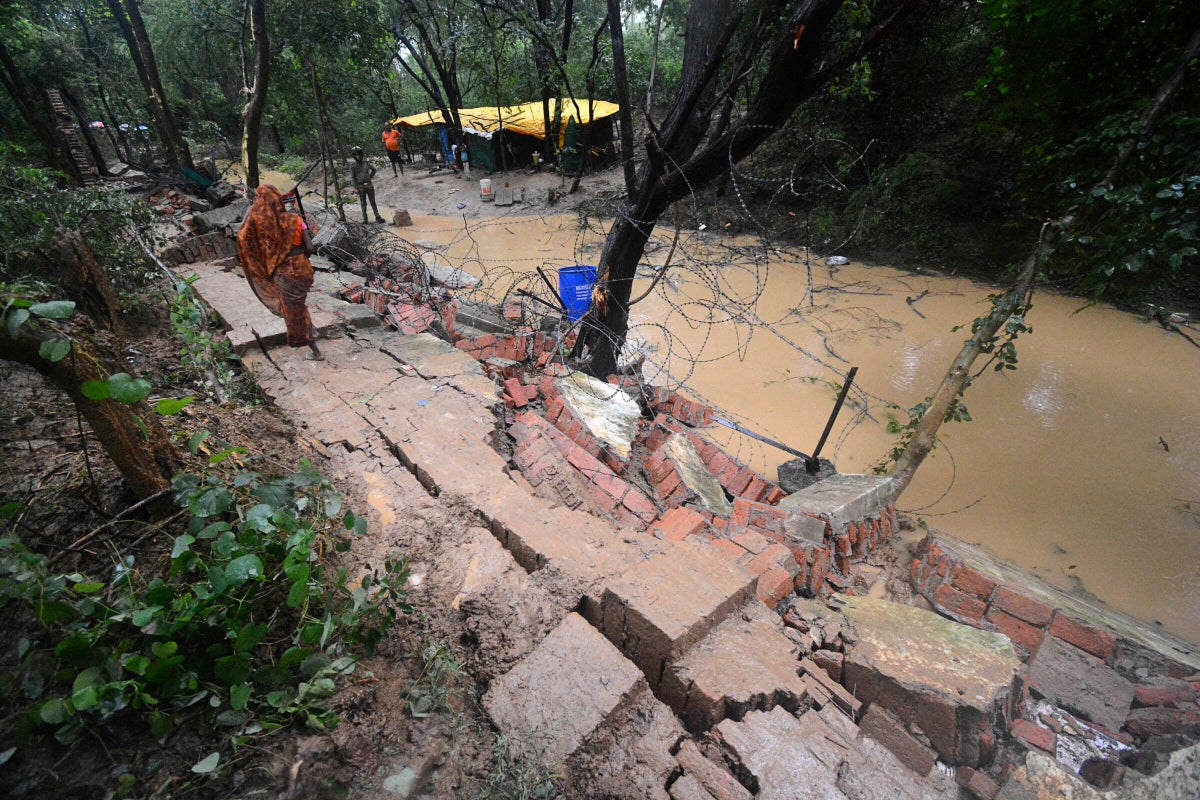
Heavy rains flooded hundreds of homes, knocked out power and collapsed structures including a wall that crushed 12 people in northern India, officials said Friday.
Schools were closed for the day in Lucknow, the Uttar Pradesh state capital, where the meteorological office recorded 35 millimeters (1.4 inches) of torrential rain in the past 24 hours, said Brijesh Pathak, the state’s deputy chief minister.
A wall collapsed on a slum dwelling made of polyethylene sheets and mud early Friday in the Hazratganj area of the state capital where laborers were sleeping. Nine died on the spot and another three were hospitalized with injuries, Pathak said.
In Unnao, a town 40 kilometers (25 miles) southwest of Lucknow, another three people were killed in a house collapse following torrential rains, Pathak said.
Earlier this month, life was disrupted in the southern Indian city of Bengaluru after two days of torrential rains set off long traffic snarls, widespread power cuts and heavy floods that swept into homes and submerged roads.
People hopped onto tractors to get to work. Boats were deployed to rescue people submerged in floodwaters in Bengaluru, the capital of southern Karnataka state. The two zones that make up the city, Bengaluru Urban and Bengaluru Rural, saw 141% and 114% excess rainfall, making it the wettest September day in the past eight years.
Monsoon rains in South Asia typically begin in June. But this year, heavy downpours lashed northeastern India and Bangladesh beginning in March, triggering floods as early as April in Bangladesh.
The monsoon season that ends in October leaves hundreds of people dead and tens of thousands homeless every year.
The weather system for the Indian subcontinent is being altered due to climate change. Scientists say this is making extreme events such as excess rainfall the new normal.
With rising global temperatures due to climate change, experts say the monsoon is becoming more variable. Much of the rain that would typically fall in a season is arriving in a shorter period of time.







